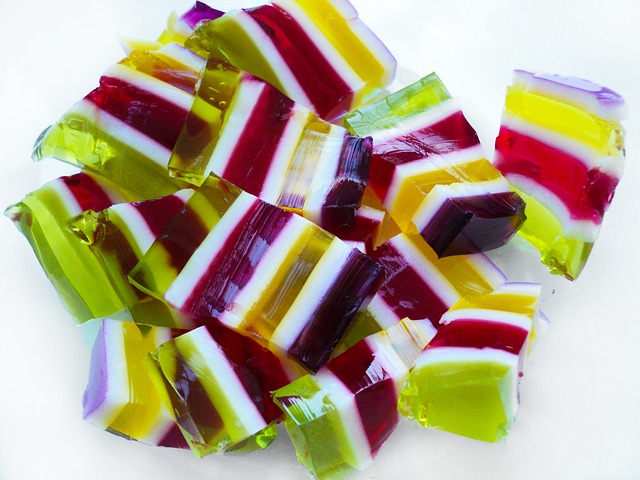Much hype surrounds the role of gelatin in the repair of connective tissue injuries, but can it really make a difference, or is it just another nutrition fad? Nutrition trends like this can quickly grow wings and before you know it every injured athlete is making jelly for dessert. Unfortunately in the case of gelatin it’s not as simple as daily bowl of jelly – the dose and timing are critical if it’s going to have an impact.
Should home-made jelly concoctions be the new norm pre-training in the rehab gym, or are we all getting a bit carried away?
Collagen and tendons
Connective tissues like ligaments and tendons are made up primarily of collagen fibres. It is the amount of collagen and cross-links within collagen that can impact on performance. Stiffness in the tendon allows for greater force production and subsequent strength, power and speed, but an imbalance between the strength of the muscle and the strength of the tendon or ligament can increase injury risk.
Following a tendon injury, repairing the crosslinks is a high priority. Both training and nutrition can influence the number of collagen crosslinks.
The role of gelatin
Glycine and proline are the common amino acids in collagen, and are both found in gelatin. Vitamin C is also important for the process of collagen synthesis. Making these nutrients available in the bloodstream prior to exercise can promote absorption into the tendon.
A recent study by Shaw et.al. (2016) demonstrated that the increase in amino acids one hour after consuming a gelatin supplement was sufficient to increase collagen content. They showed a doubling of collagen synthesis by doing exercise that loads the tendon, and a further doubling of collagen synthesis with the addition of 15g gelatin pre-exercise (vs minimal impact of a 5g gelatin dose). Further research is required to determine effective dosages of both gelatin and Vitamin C, and whether doses should be scaled to body size also.
These data suggest that adding gelatin with Vitamin C to an intermittent exercise program improves collagen synthesis and could play a beneficial role in both injury prevention and tissue repair. This has implications for reducing time to return to training, improved tendon functionality and potential performance outcomes.
Palatability problems
Consuming 15g of gelatin pre-training is easier said than done! The Shaw study mixed gelatin powder into Ribena for immediate consumption. Gelatin can be mixed with juice, made it into home-made ‘firm’ jellies/lollies or even used to create gelatin-rich pancakes! Whatever works....but just be prepared that 15g gelatin can be pretty heavy going.
Is gelatin worth the effort?
The problem when interesting research appears is that everyone suddenly becomes an expert and wants to jump on the bandwagon. There is still much to learn about dosages of both gelatin and Vitamin C and expected outcomes. On the other hand, if it does no harm and may speed up return from injury, which is ultimately the goal of an injured athlete, then it becomes an attractive option.
One note of caution - gelatin is increasingly being sold as a commercial product by supplement companies, posing a potential risk of contamination, so athletes who fall under any anti-doping code should be cautious.
If you are interested in gelatin, and nutrition for injury in general, a session with a sports dietitian can help to ensure you are meeting your specific needs.
For more sports nutrition info like this, I would love to send you free updates and recipes, just leave your details here. You can also follow my pages on Facebook, Instagram and Twitter, or check out my Thoughts page for more articles.
Want to learn more:
Shaw, G., et al. (2016) Vitamin C–enriched gelatin supplementation before intermittent activity augments collagen synthesis. Am J Clin Nutr.
Sigma Nutrition Podcast:
SNR #143: Keith Baar, PhD – Tendon Stiffness, Collagen Production & Gelatin for Performance & Injury http://sigmanutrition.com/episode143/





























